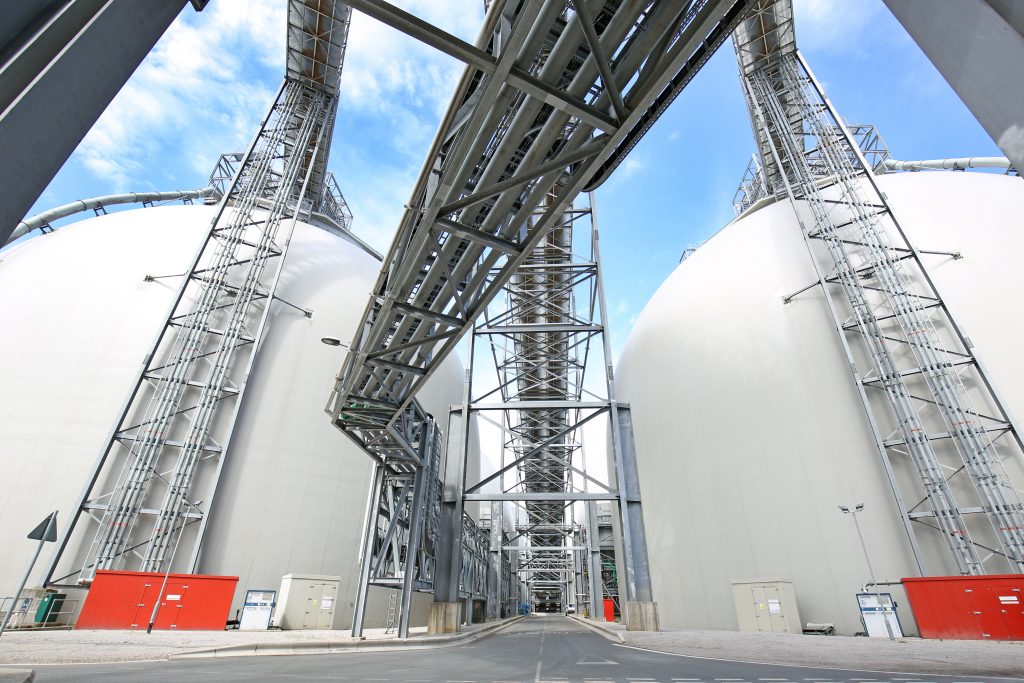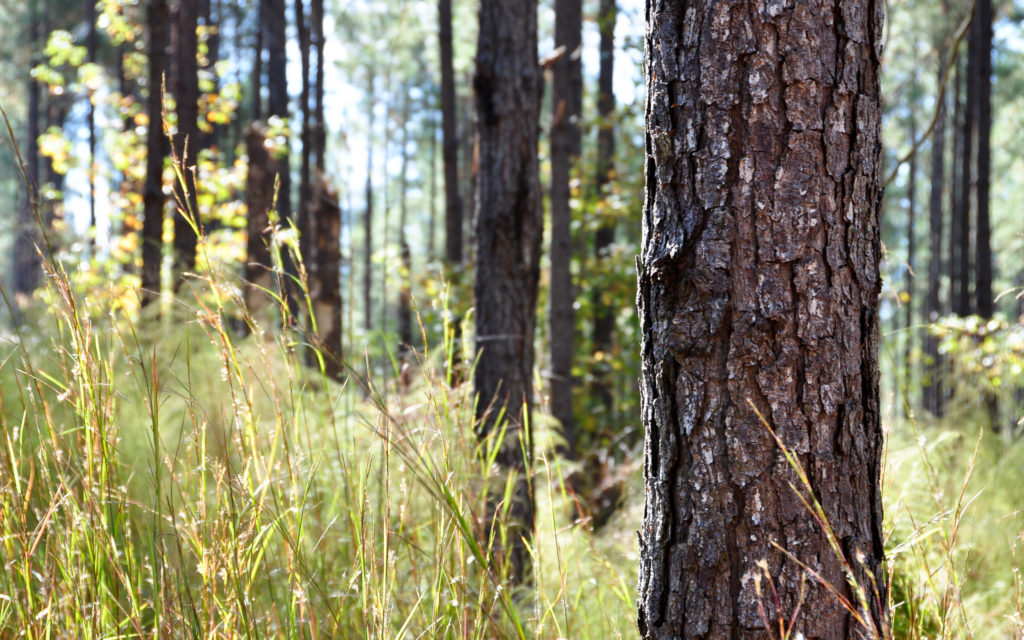Ross McKenzie, Group Director of International Affairs, Drax
Key takeaways:
- Dispatchable, low-carbon power from bioenergy can provide energy security, helping to reduce the EU’s reliance on Russian gas and reduce CO2 emissions. It can also play a key role displacing coal, produce sustainable aviation and maritime fuels, and produce negative emissions through Bioenergy with Carbon Capture and Storage (BECCS)
- Proposed changes to the EU’s Renewable Energy Directive (RED III) introduce an indiscriminate subsidy ban on utilising sustainably sourced biomass from forest residues for all end uses. This will have an immediate and negative impact on Europe’s energy security and climate targets.
- Misunderstandings about the role “primary woody biomass” plays in providing secure, reliable, and renewable power will have negative and material impacts across Europe and around the world.
- Economic cascading already addresses issues associated with “best use” of woody fibre, with the bioenergy industry only having the purchasing power to use wood where there is no competition from higher paying markets.
Europe is currently grappling with the question of how to shape a future where energy security can be assured and climate change tackled. That’s a complicated task at a time when geo-political challenges are reducing access to gas imports, and an ever increasing amount of extreme natural weather events are impacting lives and economies around the world.
Policies, at global and domestic levels, must meet the need for dispatchable, renewable power and essential carbon removals, while supporting healthy natural environments and ecosystems. But European Parliament’s proposed changes to the EU’s Renewable Energy Directive (RED III) will lead to unintended consequences for both the energy sector and the health of forests around the world.
Delivering power and carbon removals
Biomass offers dispatchable, renewable power at scale. It’s already the EU’s largest source of renewable energy by some distance. In 2020, solid biomass – woodchips, pellets, and waste materials – accounted for around 40% of the final consumption of renewable energy.
The addition of carbon capture and storage to biomass power (BECCS) is also considered crucial to helping Europe achieve net zero through carbon removals.
Carbon-intensive industries, such as steel, cement, chemicals, and the aviation sector, will depend on these types of innovations and mechanisms to decarbonise.
According to the Intergovernmental Panel on Climate Change (IPCC) it may be necessary to capture 10 billion tonnes of CO2 annually by 2050 – through BECCS and other carbon removal technologies – to prevent catastrophic climate change.

Sustainable biomass wood pellet storage domes at Drax Power Station in North Yorkshire
One such project aiming to deliver carbon removals at scale is Zero Carbon Humber. The project aims to deliver a net zero industrial cluster by 2040 through shared carbon capture and storage and hydrogen infrastructure. Drax Power Station serves as an anchor for Zero Carbon Humber, with the BECCS technology already at a more advanced stage than at any other project globally. The project is on track to deliver the first scaled up BECCS initiative from 2027, while at Drax, we plans to be a carbon negative business by 2030, through the emissions removals BECCS makes possible.
Achieving ambitious BECCS plans in Europe requires action now. Policy frameworks and timeframes must be realistic to support the advancement of biomass technologies throughout the 2020s and enable BECCS to be delivered at scale in the 2030s.
BECCS is unlikely to be scaled up until the second half of the 2020s and RED III must acknowledge this. It also needs to enable sustained investment in carbon capture technologies on timelines that correspond with key EU emission reduction targets, for example 2030.
Beyond power and carbon removals, policy needs to support healthy forest landscapes. But REDIII restrictions on ‘primary woody biomass’ will stunt forest management that’s essential to ensuring healthy, resilient forest landscapes.
Incentivising healthy, resilient forests
Introducing restrictions on the use of ‘primary woody biomass’, as proposed by the European Parliament in REDIII, will not stop harvesting from taking place because harvesting is primarily driven by solid wood product sectors, like lumber. Instead, such restrictions may result in a reduction in markets for the low-grade by-products of the timber industry.
The low-quality or low-value wood used by the biomass industry includes woodchips, sawdust, shavings and other residue from sawmill processes. It also includes wood removed in forest management practices such as thinning and low-grade wood left over from lumber harvests, which might otherwise be burned. The industry also uses pulpwood where there is no demand from other industries and therefore no other market for the fibre. In the US South in particular, the paper and pulp industry is in decline, and therefore there is fibre availability in the form of pulpwood that can and should be able to be used to generate renewable power.
The natural economic cascading principle already ensures that wood is utilised to its highest value, with the bioenergy industry only having the purchasing power to use wood where there is no competition from other markets.
Instead of an indiscriminate ban on “primary woody biomass”, policy and legislation should ensure that energy from biomass is produced in a way that minimises undue distortive effects on the biomass raw material market through an appropriate application of the cascading principle with due regard to national and regional specificities.
Misunderstandings of common forestry practices and of the economic cascading will have negative and material impacts across Europe and around the world.
Without the market for low-value wood that biomass offers, there are fewer economic incentives to sustainably manage forests and less revenue from harvests in communities that depend on forests.
Thinning is periodic felling of a proportion of the weaker and less healthy trees in a forest to promote vigorous growth of the remaining trees. Fewer trees mean less competition for light, water, and nutrients. Thinning a forest also mitigates threats like forest fires, pests, and disease, making forests more resilient. Allowing greater levels of sunlight to reach the forest floor, leads to a more diverse herbaceous layer, improving forest biodiversity and supporting wildlife.
Clear-cuts are another important sustainable forest management practice. It’s a myth that the act of clearcutting is unsustainable. The practice is an accepted regeneration technique in Europe and North America that’s guided by science to mimic natural disturbance, such as wildfire and storm damage.
The access to sunlight that clear-cuts allow sets the stage for stronger forest regrowth and biodiversity than if weaker trees were left to regenerate a forest. It also plays a vital role in supporting habitat diversity, especially for species which thrive after natural disturbances.
Similarly to thinning, clear-cuts generate low-grade fibre that can’t be used for solid wood products, but that must be removed to ensure forests remain healthy and productive.
Without the market for low-value wood that biomass offers, there are fewer economic incentives to sustainably manage forests and less revenue from harvests in communities that depend on forests.
But the European Parliament proposals under REDIII would, confusingly, put both valuable sawlogs and low-grade wood under the shared classification of ‘primary woody biomass’.
Proposals to introduce a cap and ‘phase down’ this type of material will stunt the growth of the sector. This would be at odds with widely held global views that demand for sustainable biomass will increase between now and 2050.
Putting policies in place for the future
The biomass sector has long operated in Europe and North America. Even with the sustained use of what might become categorised as ‘primary woody biomass’, these are regions where deforestation is not a threat to working forests.
Biomass is an established source of reliable, renewable power. As we’re proving at Drax Power Station, it can deliver carbon removals at scale through BECCS and help decarbonise hard-to-abate industries.
But this is only possible with the right policies in place. Policies that support sustained innovation and preserves a market for low-grade wood that encourage forest management.
With the right policies implemented now, we can take action to unlock a sustainable future for forests landscapes and help create net zero economies by 2050.












